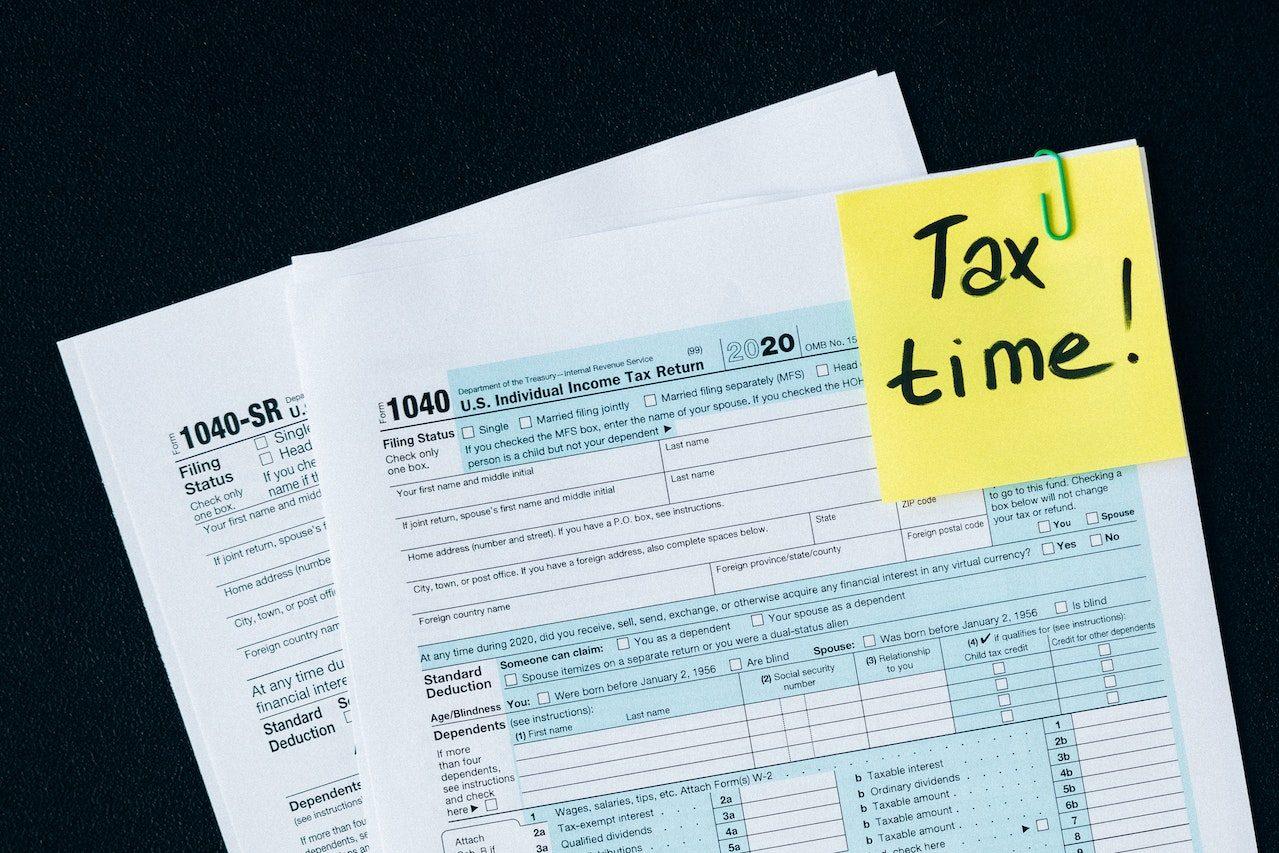Gratuity Rules in India: Eligibility, Calculation, Taxation
Gratuity was solely introduced to provide some benefits to employees and reward their hard work. There are many similar benefits that are mandatory and should be followed by employers and their companies. Before we go over gratuity rules in India, let us understand the meaning of gratuity.
What is meant by Gratuity?
When speaking about gratuity, it can be referred to as tipping in the most simple and basic case. When you go to a restaurant or a barber’s shop or somewhere similar to get some kind of service you pay them as per the charge mentioned by them. This forms a part of the billing amount or remuneration for their services. Post this in most countries you are expected to pay some extra sum of money to the specific service provider for their service. This is known as a tip and this forms a part of the gratuity we are speaking about. Depending on where you are in the world, a tip can be insulting or expected by the service provider. Tipping is a fairly new concept in India and 5 to 10% of the original bill as a tip is expected in more developed parts of the country. Tips cannot be given to all service providers though, as in the case of police or government officials it would amount to bribery and is punishable. However, gratuity is not just limited to restaurants, barbers’ shops, etc. Offices also have gratuity rules, and we will now look at all such gratuity rules in India and new gratuity rules for private sector employees that are followed.
What are Gratuity Rules In India?
When we talk about the Gratuity rules in India, we shift our focus to all the fields where payment of gratuity rules are applicable. Be it a coal mine, a plantation worker, an oilfield worker, a person working on a port, etc. all of them are eligible for gratuity payment, corresponding to the payment of gratuity rules, and the employer can pay so directly through their account or can use a general insurance provider as a middleman. The gratuity rules in India are:
General Rules
First and foremost, to be eligible for a gratuity payment, the employee must have been working for the organization or company for more than 5 years. If this condition is met, then the next step is to ensure that gratuity is received by the employee when they resign or retire from the company. Lastly, the government caps the maximum gratuity at 20 lakh rupees. If anything more than that is being paid then that is not government ordered but rather a self-given gift.
Special Case
An employee can get a gratuity payment without serving 5 years for a company. For this to be possible, the employee must be involved in an incident like death, inability to work due to an accident or a health problem stopping them from working. In this case, their family person or legal heir gets the gratuity amount and the period of service takes a back seat.
Another Scenario
In case the legal heir is minor, then an Assistant Labor Commissioner takes the gratuity amount and deposits it into a nationalized bank. This gratuity amount is invested in a term deposit in the name of the legal heir. When they turn major, they can get this sum withdrawn.
Gratuity Act 1972
India got its first Gratuity act in 1972. The Payment of Gratuity Act 1972 made it compulsory for factory people, sports people, oilfield workers, plantation workers, etc. to get a one-time gratuity payment when they retire from their line of work. It could be a sum that takes into consideration a 15-day wage from the years’ worth of service given by the employee or a partial year over six months can be taken into consideration. The act came as a relief for retired workers as it became a retirement benefit for the ex-employees of a company. The Parliament of India passed this act on the 21st of August, and it came into force on the 16th of September 1972. The act applies to any place that has more than 10 employees on its payroll at any time in the past year. But, even if a place has less than 10 workers, the gratuity act still applies, leaving the employer no choice. The central government, state government, and other bodies governed by different acts are free from the gratuity act as it does not concern them. If a gratuity is unpaid then that amount goes to the government which then is used for different purposes.
New Gratuity Rules For Private Sector Employees
From April 1st 2021 new gratuity rules for private sector employees came into force. These regulations were finalized by the Ministry of Labor and Employment and are set to introduce changes to company allowances and costs to company aspects. First and foremost, the employee will need to be paid 50% of the salary as basic pay and if an employee’s pay is less than that then that will have to be worked out which would improve their basic pay and also improve their gratuity pay amount. The major change comes in the form of bonuses, contributions to the provident fund, pension contributions, conveyance allowances, house rent allowances, gratuities, and over time will now not be a part of the employee’s salary. However, there will be an increase in provident fund deduction, thus, the in-hand salary will come down.
Payment of Gratuity Rules
While the gratuity rules in India are different, payment of gratuity rules is also different. The former talks about how an employee is considered for gratuity payment and what different scenarios can be faced when dealing with gratuity. The latter states how the payment needs to be made for gratuity and the ways that it needs to be done in different situations.
If you are looking to get your Gratuity payment and are eligible for it with respect to the payment of gratuity rules, then apply for the same 30 days before the payable date. Also, in case you are resigning or retiring, then again apply for gratuity payment a month prior to it. Employers cannot reject a gratuity application if the application occurs after 30 days for a valid reason. Once the employer receives an application, they have to state the amount payable and payment date within 15 days. And the amount should be paid within 30 days of receiving the form unless they have a valid reason to reject it that they must share with the employee. If a nominee or legal heir is involved then the employer might ask for evidence or witness to corporate the claim. In such cases, the claim gets accepted after the proof is shared with the employer. The gratuity payment can only be made in cash, cheque, or demand draft format, as per the payment of gratuity rules.
Types of Gratuity Forms
As spoken above, gratuity payments might be made differently in a different situation or to different parties and depending on the types of cases that can occur there are types of gratuity forms that you need to be aware of so that you can know what form is of use to you in what case. This is useful to know in order to have full information about gratuity rules in India.
Form I is the main application form for gratuity payment. Form J is the form you would need if you were a nominee applying for gratuity payment. If a legal heir wanted to apply for the gratuity payment, then they would need to fill out Form K. To nominate a person, you would need to fill out Form F. To nominate a new person, you would need to fill up Form G. To modify a nomination the form that needs to be filled is Form H. When the employer informs the employee of the payment date and the amount receivable the form that they would fill out is Form L. In case the gratuity application is rejected then to explain the reason for the same to the employee, the employer fills out Form M explaining the reason for rejection. Form N is the application that the employee submits to the Labor Commission. Form O comes into the picture when a concerned authority is informed to appear for a case. Form P is the summon form which is by the concerned authority informing you to be present for a case hearing. Form R is issued to give a directive to issue the gratuity payment.
Calculation of Gratuity Amount
Gratuity can be calculated by using formulas that cover two different types of categories of employees. The calculation should be in accordance with the rules, such as new gratuity rules for private sector employees. There are employees who are covered by the gratuity act and then there are employees not covered by it and calculating gratuity for both requires two different formulas
Formula 1
For employees covered by the gratuity act, the formula used is nb15/26. Here, n denotes the number of years given to the company by an employee and b denotes the last basic salary and dearness allowance. Now let’s assume that the employee has given 10 years to the company and their last salary plus dearness allowance was 50,000 rupees. Then their gratuity would be calculated as 10×50,000×15/26. 2,88,461 would come as the final figure of gratuity owed to the employee.
Formula 2
In this case, the employee is not covered by the gratuity act, and therefore the amount that is to be paid to them is calculated based on each year’s half-month salary. Again, let’s assume the work tenure to be 10 years and the last pay plus dearness allowance to be 50,000 rupees. Now, to obtain the gratuity amount we would have to do 15×10×50,000/30. 2,50,000 is the amount owed to the employee in this case. Let us now learn about Gratuity Act 1972. Also Read: Video Game Designer Salary in India
Gratuity Act 1972 Payment Disputes
This is an important aspect of the gratuity rules in India. With the gratuity act 1972, payment disputes can occur, and in that case, an employee, legal heir, or nominee can file a complaint with the Assistant Labor Commissioner. These cases include times when an employee or other concerned parties feel that they have been paid a gratuity less than what is deserved. If the employer rejects the application of the employee for gratuity, then they can file a complaint for the same. Lastly, if the amount payable is not disclosed to the employee by the employer or if they fail to pay the owed gratuity amount in the mentioned time period then a complaint can be filed against them. This was all about Gratuity Act 1972.
Filing a Complaint
As an employee or someone related to them, you can file a complaint to the Assistant Labor Commissioner in accordance with the gratuity rules in India; however, before doing so there are some points that you need to have in mind. First, you need to make sure to make the complaint to the Assistant Labor Commissioner within 90 days of the occurrence of the dispute and also need to provide a valid reason for the same. In case you file a complaint after more than 90 days have passed then after that you will again have to provide a reason to justify the delay. When you file a complaint, you need to be present at the said place and time of filing or the complaint is thanks and void. If you miss out on being present during the complaint filing, then by providing a valid reason you can re-apply within the next 30 days. Even if the employer misses being present on the hearing day, the commissioner will proceed with the hearing.
Forfeiting Gratuity
Not all powers lie with the employee, an employer can also forfeit an employee’s gratuity payment under the following circumstances. If the employee does not act responsibly or causes an on-purpose damage to the employer’s property, then their gratuity can be forfeited. The extent of damage decides how much amount is to be forfeited. Also, if the employee is found guilty of misconduct, bad behavior, or being part of other such acts that aren’t acceptable then their contract can be terminated, and they also don’t get any gratuity amount in that case as per gratuity rules in India.
Non-Payment of Gratuity Amount
Forfeiting gratuity payment is possible based on the conditions mentioned above, however, if apart from those cases the employer does not pay the amount to the employee, then that may bring them into trouble. If the employer uses false accusations to avoid paying the employee, then they can be fined 10,000 rupees and can be put behind bars for 6 months. If the employer fails to meet the provisions mentioned in the corresponding act, then they can be fined and put behind bars for anywhere between three months to one year. This is relevant to the new gratuity rules for private sector employees.
Taxation and Gratuity
Government Employees get benefits in gratuity cases as they are exempt from any tax on it and so are a widower or legal heir when collecting the gratuity amount. However, private employees are not that lucky when it comes to taxing gratuity amounts. For them, the tax exemption is a little bit tricky, and now we will look at it and try to decode it. In the case of gratuity amount, there are three figures to be considered: the total gratuity amount of 20 lakh, the gratuity that an employee is eligible for, and the actual amount. Based on the above example, let’s say that 2,88,461 is the eligible gratuity amount and 10 lakhs is the actual gratuity amount. Now of these two figures and the figure of 20 lakh, the lowest amount is taken into consideration which is 2,88,461 rupees and that is the exempted amount. 7,11,539 rupees becomes the taxable amount. Also Read: Top 10 Cool Jobs in India with High Salary
Key Points about Gratuity Payment
We have covered all about gratuity rules in India but if you are still confused then given below are some key points that you should remember about Gratuity.
Even if a company is making losses, it is still bound to pay you a gratuity amount, they cannot skip it or opt out of it. Even if they have filed for bankruptcy. Apart from death or inability to work due to an accident or health issue, the minimum requirement to receive gratuity payment is to complete 5 years in a company. Gratuity is subject to income tax as it is more or less considered to be a part of the salary. However, if the gratuity is being paid to a widower or legal heir, then the gratuity becomes exempt from tax. Sum up to 20 lakh is exempt from tax or if it is given to any government like the local, state or central. Signing up for VRS also makes an employee eligible to get a gratuity. Even if the employee’s contract is being terminated, they still are eligible for gratuity pay. However, if the employee is getting fired due to some illegal activities or wrongdoings then the gratuity won’t be paid. As per new gratuity rules in India, the gratuity includes overtime payment as well, and it starts from 15 minutes of overtime work. And the working cap has been fixed to 48 hours a week by the government.
As of today, the Gratuity Act 1972 is 50 years old and has been modified as many new gratuity rules in India have been added to it over the years. We hope you enjoyed learning about Gratuity and how it works. For more such articles, keep reading MoneyMint.









